PBS News: January 13 – 18, 2020, and Nigeria hits polio milestone as the world eyes eradication
TED Talks: Suzanne Lee Why biofabrication is the next industrial revolution?, Grow your own clothes, Angela Belcher Using nature to grow batteries, and Neri Oxman Design at the intersection of technology and biology
Pocket Worthy: The Forgotten Life of Einstein’s First Wife – Scientific American – Pauline Gagnon
Wikipedia: Mileva Mari? – The first wife of Albert Einstein
Thisiscolossal: An Ancient Chinese Ginkgo Tree Drops an Ocean of Golden Leaves, and Sculptor Zheng Chunhui Spent 4 Years Carving the World’s Longest Wooden Sculpture
Inspiration Grid: Surreal Paintings by David Lawrence
PBS NewsHour Weekend full episode January 18, 2019
Jan 18, 2020 PBS NewsHour
On this edition for Saturday, January 18, Democrats release new evidence as next week’s Senate impeachment trial approaches, an attack on Italy’s olive trees and the battle to save them, a look back at some of 2019’s top stories, and the Black Comic Book Festival draws thousands in Harlem. Hari Sreenivasan anchors from New York. Stream your PBS favorites with the PBS app: https://to.pbs.org/2Jb8twG Find more from PBS NewsHour at https://www.pbs.org/newshour Subscribe to our YouTube channel: https://bit.ly/2HfsCD6
PBS NewsHour full episode, Jan 17, 2020
Jan 17, 2020 PBS NewsHour
Friday on the NewsHour, the catastrophic impact of Australia’s recent bushfires on its landscape and wildlife. Plus: The Trump administration changes federal rules around public school nutrition, how the effects of climate change could alter American business, an interview with Venezuelan opposition leader Juan Guaido, Shields and Brooks on the latest political news and a southern rock revival. WATCH TODAYS SEGMENTS News Wrap: Amid protests, Iran’s Khamenei lashes out at U.S. https://www.youtube.com/watch?v=-R_yW… Australian ecosystems vulnerable amid bushfire catastrophe https://www.youtube.com/watch?v=XSNrj… How Trump wants to change rules around school nutrition https://www.youtube.com/watch?v=–CvK… Why climate change means new risk for U.S. financial markets https://www.youtube.com/watch?v=Da5-n… Venezuela’s Guaido on Maduro, U.S. sanctions and ‘anarchy’ https://www.youtube.com/watch?v=wpfLe… Shields and Brooks on Trump impeachment evidence, Dem debate https://www.youtube.com/watch?v=IcEKh… Revitalized recording studio puts Macon in the spotlight https://www.youtube.com/watch?v=X3Nx8… Stream your PBS favorites with the PBS app: https://to.pbs.org/2Jb8twG Find more from PBS NewsHour at https://www.pbs.org/newshour Subscribe to our YouTube channel: https://bit.ly/2HfsCD6
PBS NewsHour full episode, Jan 16, 2020
Jan 16, 2020 PBS NewsHour
Thursday on the NewsHour, the impeachment trial of President Trump begins with solemn ceremony in the Senate, as new evidence appears. Plus: How the USMCA differs from its NAFTA predecessor, the impeachment trial role of Chief Justice John Roberts, reviving the Equal Rights Amendment, scientific advances in the fight against Ebola and a Brief But Spectacular take on pain and forgiveness. WATCH TODAYS SEGMENTS What we learned from opening of Trump’s impeachment trial https://www.youtube.com/watch?v=vZyXB… News Wrap: Trump seeks new protection for faith-based groups https://www.youtube.com/watch?v=f4v9e… What are the differences between NAFTA and the USMCA? https://www.youtube.com/watch?v=KVT6w… How John Roberts will approach his role in impeachment trial https://www.youtube.com/watch?v=VPZP6… After Va. ratifies ERA, what ‘procedural hurdles’ remain? https://www.youtube.com/watch?v=GFH9W… How Ebola advances represent ‘resounding scientific success’ https://www.youtube.com/watch?v=UIkR1… Kim Phuc’s Brief But Spectacular take on pain, forgiveness https://www.youtube.com/watch?v=xRtt3… Stream your PBS favorites with the PBS app: https://to.pbs.org/2Jb8twG Find more from PBS NewsHour at https://www.pbs.org/newshour Subscribe to our YouTube channel: https://bit.ly/2HfsCD6
PBS NewsHour full episode, Jan 15, 2020
Jan 15, 2020 PBS NewsHour
Wednesday on the NewsHour, a historic day on Capitol Hill as the House voted to send articles of impeachment against President Trump to the Senate. Plus: How senators are readying for the impeachment trial, the U.S. and China agree to the first phase of a trade deal, how the 2020 Democrats fared in the final debate before the Iowa caucuses and violence slows progress against DRC’s Ebola outbreak. WATCH TODAYS SEGMENTS What happens next in Trump’s Senate impeachment trial https://www.youtube.com/watch?v=ofFz9… News Wrap: Virginia becomes 38th state to ratify ERA https://www.youtube.com/watch?v=bCfnW… Barrasso: Senate GOP can remain impartial on impeachment https://www.youtube.com/watch?v=11TyO… Durbin: Senate needs witnesses Trump didn’t allow in House https://www.youtube.com/watch?v=RL83_… U.S. ‘can’t lose’ in China trade deal, says Trump adviser https://www.youtube.com/watch?v=Vk0cj… How 2020 Democrats fared in final debate before Iowa caucus https://www.youtube.com/watch?v=R1BN-… How war, misinformation are complicating DRC’s Ebola battle https://www.youtube.com/watch?v=XONn0… Stream your PBS favorites with the PBS app: https://to.pbs.org/2Jb8twG Find more from PBS NewsHour at https://www.pbs.org/newshour Subscribe to our YouTube channel: https://bit.ly/2HfsCD6
PBS NewsHour full episode, Jan 14, 2020
Jan 14, 2020 PBS NewsHour
Tuesday on the NewsHour, the Senate impeachment trial of President Trump inches closer amid new details of how it might proceed. Plus: Trump campaigns in battleground Wisconsin, Apple and the Justice Department debate mobile phone privacy, the pain of surviving a war others didn’t, controversy in the Catholic Church, solving India’s shortage of clean water and the house behind “Little Women.” WATCH TODAYS SEGMENTS News Wrap: European leaders pressure Iran over nuclear deal https://www.youtube.com/watch?v=vVklh… What we know about the Senate impeachment trial so far https://www.youtube.com/watch?v=ijzQq… Trump fans hail Milwaukee rally as Democrats dig in for 2020 https://www.youtube.com/watch?v=It8a-… Apple, DOJ battle over access to Pensacola shooter’s phone https://www.youtube.com/watch?v=32Uyy… A war veteran’s story of survivor’s guilt — and redemption https://www.youtube.com/watch?v=2xmAL… How clerical celibacy issue is dividing the Catholic Church https://www.youtube.com/watch?v=HVoeE… Despite monsoons, some Indian cities are desperate for water https://www.youtube.com/watch?v=TWm4t… The historic real-life house that inspired ‘Little Women’ https://www.youtube.com/watch?v=SdsPL… Stream your PBS favorites with the PBS app: https://to.pbs.org/2Jb8twG Find more from PBS NewsHour at https://www.pbs.org/newshour Subscribe to our YouTube channel: https://bit.ly/2HfsCD6
PBS NewsHour full episode, Jan 13, 2020
Jan 13, 2020 PBS NewsHour
Monday on the NewsHour, Iranians gather in the streets to protest their government after it acknowledges accidentally shooting down a passenger aircraft. Plus: How a Senate impeachment trial against President Trump could proceed, another 2020 Democrat drops out as the Iowa caucuses approach, Politics Monday, the health costs of eviction, Britain’s royal schism and a baseball cheating scandal. WATCH TODAYS SEGMENTS Iranians protest government after it admits downing plane https://www.youtube.com/watch?v=TcOB5… News Wrap: Philippines volcano forces residents to flee https://www.youtube.com/watch?v=2v35b… How White House, Congress are preparing for Senate trial https://www.youtube.com/watch?v=lbl_F… How 2020 Democrats are facing off as Iowa caucuses approach https://www.youtube.com/watch?v=Rrtfv… Tamara Keith and Amy Walter on Iowa and Sanders vs. Warren https://www.youtube.com/watch?v=Z8mW9… The hidden health costs of eviction https://www.youtube.com/watch?v=f4SEB… Why the British monarchy is considering unprecedented change https://www.youtube.com/watch?v=h8Tt_… Why Astros scandal is a ‘major black mark’ against baseball https://www.youtube.com/watch?v=Ze4Ju… Stream your PBS favorites with the PBS app: https://to.pbs.org/2Jb8twG Find more from PBS NewsHour at https://www.pbs.org/newshour Subscribe to our YouTube channel: https://bit.ly/2HfsCD6
Nigeria hits polio milestone as the world eyes eradication
Jan 12, 2020 PBS NewsHour
Nigeria once had the most cases of wild polio in Africa, but it has now been three years since the disease was last detected. And as health workers there continue looking for children who have not received polio vaccinations, the WHO may soon certify the country free of the crippling virus. Special correspondent Benedict Moran and video journalist Jorgen Samso report with U.N. Foundation support. Stream your PBS favorites with the PBS app: https://to.pbs.org/2Jb8twG Find more from PBS NewsHour at https://www.pbs.org/newshour Subscribe to our YouTube channel: https://bit.ly/2HfsCD6
What if we could “grow” clothes from microbes, furniture from living organisms and buildings with exteriors like tree bark? TED Fellow Suzanne Lee shares exciting developments from the field of biofabrication and shows how it could help us replace major sources of waste, like plastic and cement, with sustainable and eco-friendly alternatives.
This talk was presented at an official TED conference, and was featured by our editors on the home page.
About the speaker
Suzanne Lee · Designer, biofabrication pioneer
Designer Suzanne Lee shares her experiments in growing a kombucha-based material that can be used like fabric or vegetable leather to make clothing. The process is fascinating, the results are beautiful (though there’s still one minor drawback …) and the potential is simply stunning.
This talk was presented at an official TED conference, and was featured by our editors on the home page.
Suzanne Lee · Designer, biofabrication pioneer
TED Fellow Suzanne Lee is a fashion designer turned biofabrication pioneer who is nurturing a global community of innovators growing materials.
What might our clothes look like in 50 years?
For Suzanne Lee, the answer lies far beyond the traditional borders of fashion design. Might we really wear a bustier made of bacteria? Lee makes her case.
TED2011 | March 2011
Inspired by an abalone shell, Angela Belcher programs viruses to make elegant nanoscale structures that humans can use. Selecting for high-performing genes through directed evolution, she’s produced viruses that can construct powerful new batteries, clean hydrogen fuels and record-breaking solar cells. In her talk, she shows us how it’s done.
This talk was presented to a local audience at TEDxCaltech, an independent event. TED’s editors chose to feature it for you.
About the speaker
Angela Belcher · Biological engineer
About TEDx
TEDx was created in the spirit of TED’s mission, “ideas worth spreading.” It supports independent organizers who want to create a TED-like event in their own community.
Designer and architect Neri Oxman is leading the search for ways in which digital fabrication technologies can interact with the biological world. Working at the intersection of computational design, additive manufacturing, materials engineering and synthetic biology, her lab is pioneering a new age of symbiosis between microorganisms, our bodies, our products and even our buildings.
This talk was presented at an official TED conference, and was featured by our editors on the home page.
About the speaker
Neri Oxman · Architect, designer
Pocket Worthy Stories to fuel your mind.
The Forgotten Life of Einstein’s First Wife
She was a physicist, too—and there is evidence that she contributed significantly to his groundbreaking science.
Scientific American | Pauline Gagnon
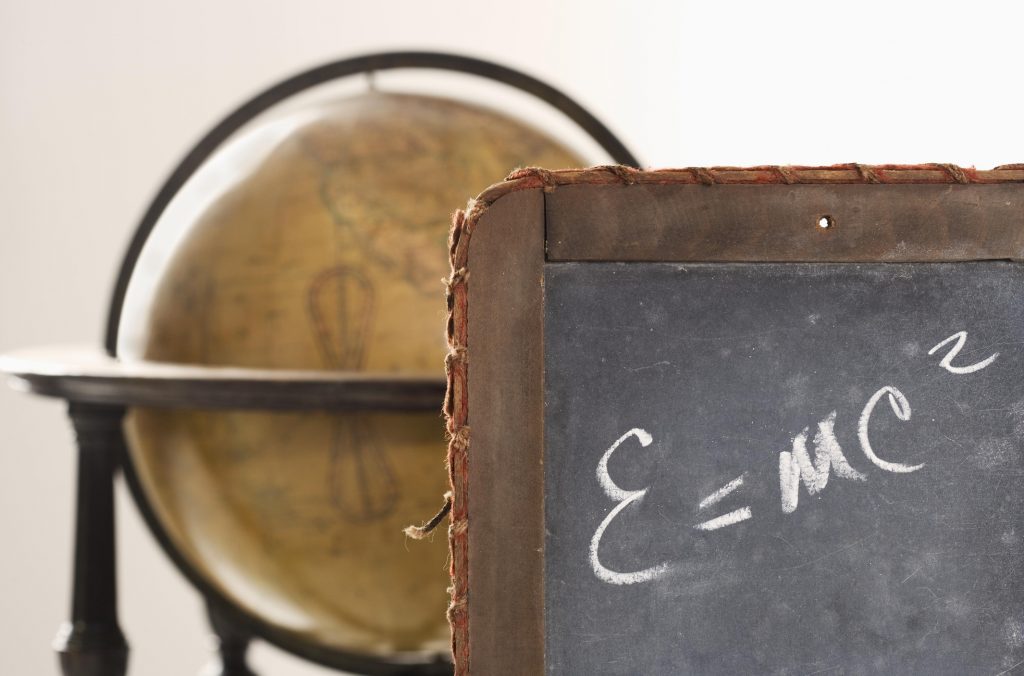
Photo by Tetra Images / Getty Images.
While Albert Einstein is celebrated as perhaps the best physicist of the 20th century, one question about his career remains: How much did his first wife contribute to his groundbreaking science? Mileva Mari? Einstein was a brilliant scientist, but nobody has been able to credit her with any specific part of her husband’s work. Still, their letters and numerous testimonies presented in the books dedicated to her(1-5) provide substantial evidence on how they collaborated from the time they met in 1896 up to their separation in 1914. They depict a couple united by a shared passion for physics, music and for each other. So here is their story.
Mileva Mari? was born in Titel in Serbia in 1875. Her parents, Marija Ruzi? and Miloš Mari?, a wealthy and respected member of his community, had two other children: Zorka and Miloš Jr. Mileva attended high school the last year girls were admitted in Serbia. In 1892, her father obtained the authorization of the Minister of Education to allow her to attend physics lectures reserved to boys. She completed her high school in Zurich in 1894 and her family then moved to Novi Sad. Mileva’s classmates described her as brilliant but not talkative. She liked to get to the bottom of things, was perseverant and worked towards her goals.
Albert Einstein was born in Ulm in Germany in 1879 and had one sister Maja. His father, Hermann, was an industrial. His mother, Pauline Koch came from a rich family. Albert was inquisitive, bohemian and rebel. Being undisciplined, he hated the rigor of German schools so he too finished his high school in Switzerland and his family relocated to Milan.
Albert and Mileva were admitted to the physics-mathematics section of the Polytechnic Institute in Zurich (now ETH) in 1896 with three other students: Marcel Grossmann, Louis Kollros and Jakob Ehrat. Albert and Mileva became inseparable, spending countless hours studying together. He attended only a few lectures, preferring to study at home. Mileva was methodical and organized. She helped him channel his energy and guided his studies as we learn from Albert’s letters, exchanged between 1899-1903 during school holidays: 43 letters from Albert to Mileva have been preserved but only 10 of hers remain(5). These letters provide a first-hand account on how they interacted at the time.
In August 1899, Albert wrote to Mileva: “When I read Helmholtz for the first time, it seemed so odd that you were not at my side and today, this is not getting better. I find the work we do together very good, healing and also easier.” Then on 2 October 1899, he wrote from Milan: “… the climate here does not suit me at all, and while I miss work, I find myself filled with dark thoughts – in other words, I miss having you nearby to kindly keep me in check and prevent me from meandering.”
Mileva boarded in a pension for women where she met her life-long friends Helene Kaufler-Savi? and Milana Bota. Both spoke of Albert’s continuous presence at Mileva’s place, where he would come freely to borrow books in Mileva’s absence. Milan Popovi?, Helene’s grandson, published the letters Mileva exchanged with her throughout her life(4).
By the end of their classes in 1900, Mileva and Albert had similar grades (4.7 and 4.6, respectively) except in applied physics where she got the top mark of 5 but he, only 1. She excelled at experimental work while he did not. But at the oral exam, Professor Minkowski gave 11 out of 12 to the four male students but only 5 to Mileva. Only Albert got his degree.
Meanwhile, Albert’s family strongly opposed their relationship. His mother was adamant. “By the time you’re 30, she’ll already be an old hag!” as Albert reported to Mileva in a letter dated 27 July 1900, as well as « She cannot enter a respectable family ”. Mileva was neither Jewish, nor German. She had a limp and was too intellectual in his mother’s opinion, not to mention prejudices against foreign people. Moreover, Albert’s father insisted his son found work before getting married.
In September 1900, Albert wrote to Mileva: “I look forward to resume our new common work. You must now continue with your research – how proud I will be to have a doctor for my spouse when I’ll only be an ordinary man.“ They both came back to Zurich in October 1900 to start their thesis work. The other three students all received assistant positions at the Institute, but Albert did not. He suspected that professor Weber was blocking him. Without a job, he refused to marry her. They made ends meet by giving private lessons and “continue[d] to live and work as before.” as Mileva wrote to her friend Helene Savi?.
On 13 December 1900, they submitted a first article on capillarity signed only under Albert’s name. Nevertheless, both referred to this article in letters as their common article. Mileva wrote to Helene Savi? on 20 December 1900. “We will send a private copy to Boltzmann to see what he thinks and I hope he will answer us.” Likewise, Albert wrote to Mileva on 4 April 1901, saying that his friend Michele Besso “visited his uncle on my behalf, Prof. Jung, one of the most influential physicists in Italy and gave him a copy of our article.”
The decision to publish only under his name seems to have been taken jointly. Why? Radmila Milentijevi?, a former history professor at City College in New York, published in 2015 Mileva’s most comprehensive biography(1). She suggests that Mileva probably wanted to help Albert make a name for himself, such that he could find a job and marry her. Dord Krsti?, a former physics professor at Ljubljana University, spent 50 years researching Mileva’s life. In his well-documented book(2),he suggests that given the prevalent bias against women at the time, a publication co-signed with a woman might have carried less weight.
We will never know. But nobody made it clearer than Albert Einstein himself that they collaborated on special relativity when he wrote to Mileva on 27 March 1901: “How happy and proud I will be when the two of us together will have brought our work on relative motion to a victorious conclusion.”
Then Mileva’s destiny changed abruptly. She became pregnant after a lovers’ escapade in Lake Como. Unemployed, Albert would still not marry her. With this uncertain future, Mileva took her second and last attempt at the oral exam in July 1901. This time, Prof. Weber, whom Albert suspected of blocking his career, failed her. Forced to abandon her studies, she went back to Serbia, but came back briefly to Zurich to try to persuade Albert to marry her. She gave birth to a girl named Liserl in January 1902. No one knows what happened to her. She was probably given to adoption. No birth or death certificates were ever found.
Earlier in December 1901, their classmate Marcel Grossman’s father intervened to get Albert a post at the Patent Office in Bern. He started work in June 1902. In October, before dying, his father granted him his permission to marry. Albert and Mileva married on 6 January 1903. Albert worked 8 hours a day, 6 days a week at the Patent Office while
Mileva assumed the domestic tasks. In the evenings, they worked together, sometimes late in the night. Both mentioned this to friends, he to Hans Wohlwend, she to Helene Savi? on 20 March 1903 where she expressed how sorry she was to see Albert working so hard at the office. On 14 May 1904, their son Hans-Albert was born.
Despite this, 1905 is now known as Albert’s “miracle year”: he published five articles: one on the photoelectric effect (which led to the 1921 Nobel Prize), two on Brownian motion, one on special relativity and the famous E = mc2. He also commented on 21 scientific papers for a fee and submitted his thesis on the dimensions of molecules. Much later, Albert told R. S. Shankland(6) that relativity had been his life for seven years and the photoelectric effect, for five years. Peter Michelmore, one of his biographers(7), wrote that after having spent five weeks to complete the article containing the basis of special relativity, Albert “went to bed for two weeks. Mileva checked the article again and again, and then mailed it”. Exhausted, the couple made the first of three visits to Serbia where they met numerous relatives and friends, whose testimonies provide a wealth of information on how Albert and Mileva collaborated.
Mileva’s brother, Miloš Jr, a person known for his integrity, stayed on several occasions with the Einstein family while studying medicine in Paris. Krsti?(2) wrote: “[Miloš] described how during the evenings and at night, when silence fell upon the town, the young married couple would sit together at the table and at the light of a kerosene lantern, they would work together on physics problems. Miloš Jr. spoke of how they calculated, wrote, read and debated.” Krsti? heard this directly from relatives of Mileva, Sidonija Gajin and Sofija Gali? Golubovi?.
Zarko Mari?, a cousin of Mileva’s father, lived in the countryside property where the Einsteins stayed during their visit. He told Krsti? how Mileva calculated, wrote and worked with Albert. The couple often sat in the garden to discuss physics. Harmony and mutual respect prevailed.
Gajin and Zarko Mari? also reported hearing from Mileva’s father that during the Einstein’s visit to Novi Sad in 1905, Mileva confided to him: “Before our departure, we finished an important scientific work which will make my husband known around the world.” Krsti? got this same information in 1961 from Mileva’s cousin, Sofija Gali? Golubovi?, who was present when Mileva said it to her father.
Desanka Trbuhovi?-Gjuri? published Mileva’s first biography in Serbian in 1969(3). It later appeared in German and French. She described how Mileva’s brother often hosted gatherings of young intellectuals at his place. During one of these evenings, Albert would have declared: “I need my wife. She solves for me all my mathematical problems”, something Mileva is said to have confirmed.
In 1908, the couple constructed with Conrad Habicht an ultra-sensitive voltmeter. Trbuhovi?-Gjuri? attributes this experimental work to Mileva and Conrad, and wrote: “When they were both satisfied, they left to Albert the task of describing the apparatus, since he was a patent expert.” It was registered under the Einstein-Habicht patent. When Habicht questioned Mileva’s choice not to include her name, she replied making a pun in German: “Warum? Wir beide sind nur ein Stein.“ (“Why? The two of us are but one stone”, meaning, we are one entity).
The first recognition came in 1908. Albert gave unpaid lectures in Bern, then was offered his first academic position in Zurich in 1909. Mileva was still assisting him. Eight pages of Albert’s first lecture notes are in her handwriting. So is a letter drafted in 1910 in reply to Max Planck who had sought Albert’s opinion. Both documents are kept in the Albert Einstein Archives (AEA) in Jerusalem. On 3 September 1909, Mileva confided to Helene Savi?: “He is now regarded as the best of the German-speaking physicists, and they give him a lot of honours. I am very happy for his success, because he fully deserves it; I only hope and wish that fame does not have a harmful effect on his humanity.” Later, she added: “With all this fame, he has little time for his wife. […] What is there to say, with notoriety, one gets the pearl, the other the shell.”
Their second son, Eduard, was born on 28 July 1910. Up to 1911, Albert still sent affectionate postcards to Mileva. But in 1912, he started an affair with his cousin, Elsa Löwenthal while visiting his family who had moved to Berlin. They maintained a secret correspondence over two years. Elsa kept 21 of his letters, now in the Collected Papers of Albert Einstein. During this period, Albert held various faculty positions first in Prague, back in Zurich and finally in Berlin in 1914 to be closer to Elsa.
This caused their marriage’s collapse. Mileva moved back to Zurich with her two sons on 29 July 1914. In 1919, she agreed to divorce, with a clause stating that if Albert ever received the Nobel Prize, she would get the money. When she did, she bought two small apartment buildings and lived poorly from their income. Her son, Eduard stayed frequently in a sanatorium. He later developed schizophrenia and was eventually internalised. Due to these medical expenses, Mileva struggled financially all her life and eventually lost both buildings. She survived by giving private lessons and on the alimony Albert sent, albeit irregularly.
In 1925, Albert wrote in his will that the Nobel Prize money was his sons’ inheritance. Mileva strongly objected, stating the money was hers and considered revealing her contributions to his work. Radmila Milentijevi? quote from a letter Albert sent her on 24 October 1925 (AEA 75-364). ”You made me laugh when you started threatening me with your recollections. Have you ever considered, even just for a second, that nobody would ever pay attention to your says if the man you talked about had not accomplished something important. When someone is completely insignificant, there is nothing else to say to this person but to remain modest and silent. This is what I advise you to do.”
Mileva remained silent but her friend Milana Bota told a Serbian newspaper in 1929 that they should talk to Mileva to find out about the genesis of special relativity, since she was directly involved. On 13 June 1929, Mileva wrote to Helene Savi?: ”Such publications in newspapers do not suit my nature at all, but I believe that all that was for Milana’s joy, and that she probably thought that this would also be a joy for me, as I can only suppose that she wanted to help me receive some public rights with regard to Einstein. She has written to me in that way, and I let it be accepted that way, for otherwise the whole thing would be nonsense.”
According to Krsti?(2), Mileva spoke of her contributions to her mother and sister. She also wrote to her godparents explaining how she had always collaborated with Albert and how he had ruined her life, but asked them to destroy the letter. Her son, Hans-Albert, told Krsti?(2) how his parents’ “scientific collaboration continued into their marriage, and that he remembered seeing [them] work together in the evenings at the same table.” Hans-Albert’s first wife, Frieda, tried to publish the letters Mileva and Albert had sent to their sons but was blocked in court by the Einstein’s Estate Executors, Helen Dukas and Otto Nathan in an attempt to preserve the “Einstein’s myth”. They prevented other publications, including one from Krsti?(2) on his early findings in 1974. Krsti? mentions that Nathan even “visited” Mileva’s apartment after her death in 1948. On July 1947, Albert wrote to Dr Karl Zürcher, his divorce lawyer: “When Mileva will no longer be there, I’ll be able to die in peace.”
Their letters and the numerous testimonies show that Mileva Mari? and Albert Einstein collaborated closely from their school days up to 1914. Albert referred to it repeatedly in his letters, like when he wrote: « our work on relative motion”. Their union was based on love and mutual respect, which allowed them together to produce such uncommon work. She was the first person to recognize his talent. Without her, he would never have succeeded. She abandoned her own aspirations, happy to work with him and contribute to his success, feeling they were one unique entity. Once started, the process of signing their work under his unique name became impossible to reverse. She probably agreed to it since her own happiness depended on his success. Why did Mileva remain silent? Being reserved and self-effaced, she did not seek honors or public attention. And as is always the case in close collaborations, the individual contributions are nearly impossible to disentangle.
References
(1) Radmila Milentijevi?: Mileva Mari? Einstein: Life with Albert Einstein, United World Press, 2015.
(2) Dord Krsti?: Mileva & Albert Einstein: Their Love and Scientific Collaboration, Didakta, 2004.
(3) Desanka Trbuhovi?-Gjuri? Mileva Mari? Einstein: In Albert Einstein’s shadow): in Serbian, 1969, German, 1982, and French, 1991.
(4) Milan Popovi?: In Albert’s Shadow, the Life and Letters of Mileva Mari?, Einstein’s First Wife, The John Hopkins University Press, 2003.
(5) Renn and Schulmann, Albert Einstein / Mileva Mari?, The Love Letters, Princeton University Press, 1992.
(6) Peter Michelmore, Einstein, Profile of the Man, Dodd, Mead & Company, 1962.
(7) R.S. Shankland, Conversation with Albert Einstein, Am. J. of Physics, 1962.
Pauline Gagnon is a physicist and author of “Who Cares about Particle Physics: Making Sense of the Higgs boson, the Large Hadron Collider and CERN,” Oxford University Press, 2016.
The views expressed are those of the author(s) and are not necessarily those of Scientific American.
More from Scientific American
- The Paradox of Karl Popper
- Theoretical Physics Is Pointless without Experimental Tests
- Should Quantum Anomalies Make Us Rethink Reality?
This article was originally published on December 19, 2016, by Scientific American, and is republished here with permission.
Get more expertise, insights and illumination.
Mileva Mari?
From Wikipedia, the free encyclopedia
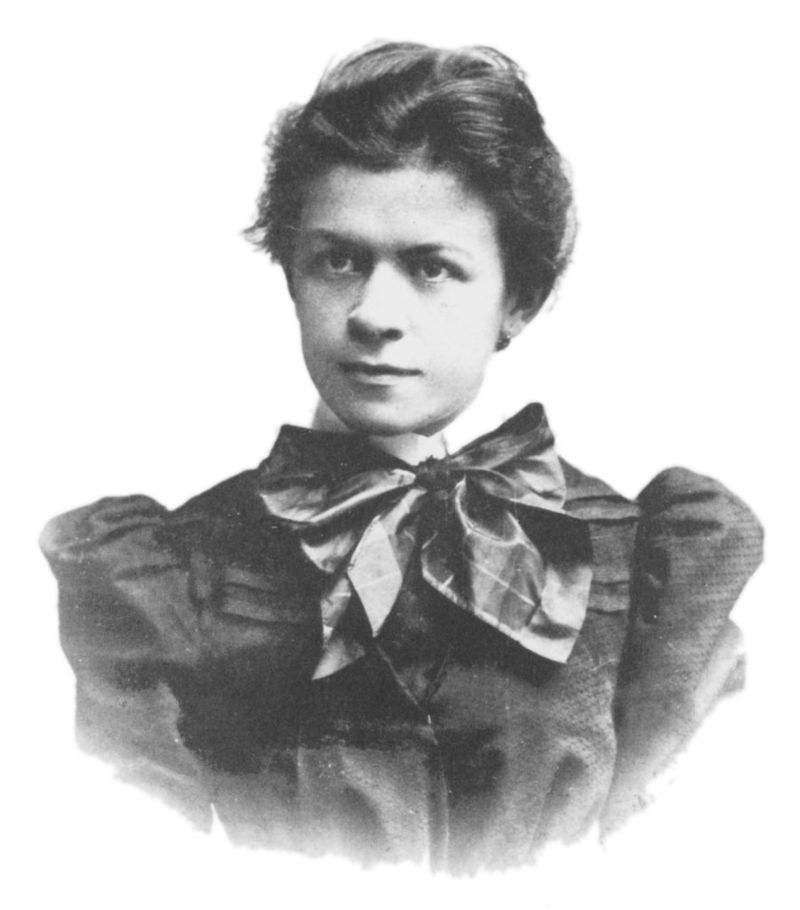
| Mileva Mari? 1896 | |
| Born | December 19, 1875 Titel, Austro-Hungarian Empire (now in Serbia) |
| Died | August 4, 1948 (aged 72) Zürich, Switzerland |
| Resting place | Friedhof Nordheim, Zürich, Switzerland |
| Other names |
Mileva Mari?-Einstein, Mileva Mari?-Ajnštajn |
| Alma mater | Eidgenössisches Polytechnikum (known today as the Eidgenössische Technische Hochschule) |
| Occupation | Mathematician |
| Spouse(s) |
Albert
Einstein (m. 1903; div. 1919) |
| Children |
“Lieserl” Einstein Hans Albert Einstein Eduard “Tete” Einstein |
| Parent(s) |
Miloš Mari? Marija Ruži?-Mari? |
Mileva Mari? (Serbian Cyrillic: ?????? ?????; December 19, 1875 – August 4, 1948), sometimes called Mileva Mari?-Einstein or Mileva Mari?-Ajnštajn (Serbian Cyrillic: ?????? ?????-????????), was a Serbian physicist and mathematician and the first wife of Albert Einstein from 1903 to 1919. She was the only woman among Einstein’s fellow students at Zürich‘s Polytechnic and was the second woman to finish a full program of study at the Department of Mathematics and Physics.[1] Mari? and Einstein were collaborators and lovers and had a daughter Lieserl in 1902, whose fate is unknown. They later had two sons, Hans Albert and Eduard.
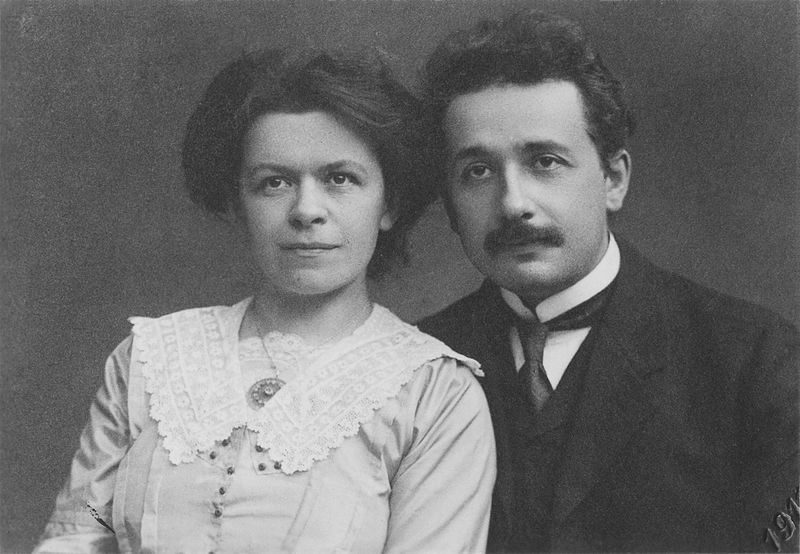
Albert and Mileva Einstein, 1912
They separated in 1914, with Mari? taking the boys and returning to Zurich from Berlin. They divorced in 1919; that year Einstein married again. When he received the Nobel Prize in 1921, he transferred the money to Mari?, chiefly to support their sons; she had access to the interest. In 1930 at about age 20, their second son Eduard had a breakdown and was diagnosed with schizophrenia. With expenses mounting by the late 1930s for his institutional care, Mari? sold two of the three houses she and Einstein had purchased. He made regular contributions to his sons’ care, which he continued after emigrating to the United States with his second wife (Elsa, his first cousin).
For more information please visit the following link:
https://en.wikipedia.org/wiki/Mileva_Mari%C4%87
An Ancient Chinese Ginkgo Tree Drops an Ocean of Golden Leaves
November 24, 2015 Christopher Jobson
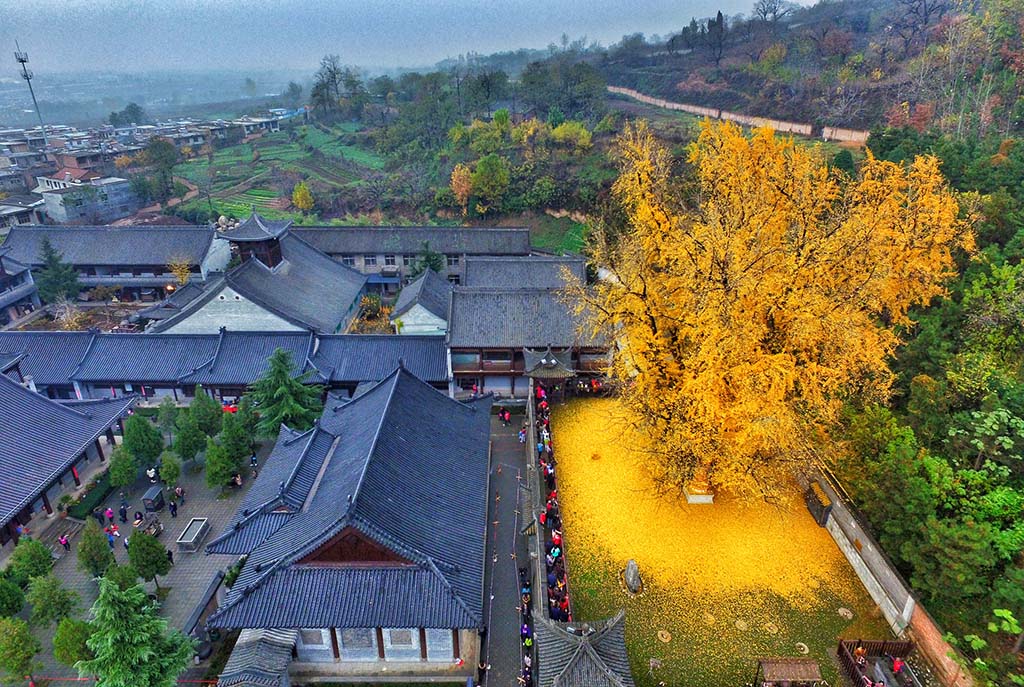
This towering ginkgo tree is located within the walls of the Gu Guanyin Buddhist Temple in the Zhongnan Mountains in China. Every autumn the green leaves on the 1,400-year-old tree turn bright yellow and fall into a golden heap on the temple grounds drawing tourists from the surrounding area. You can see more photos here and here. (via F*ck Yeah Chinese Garden)

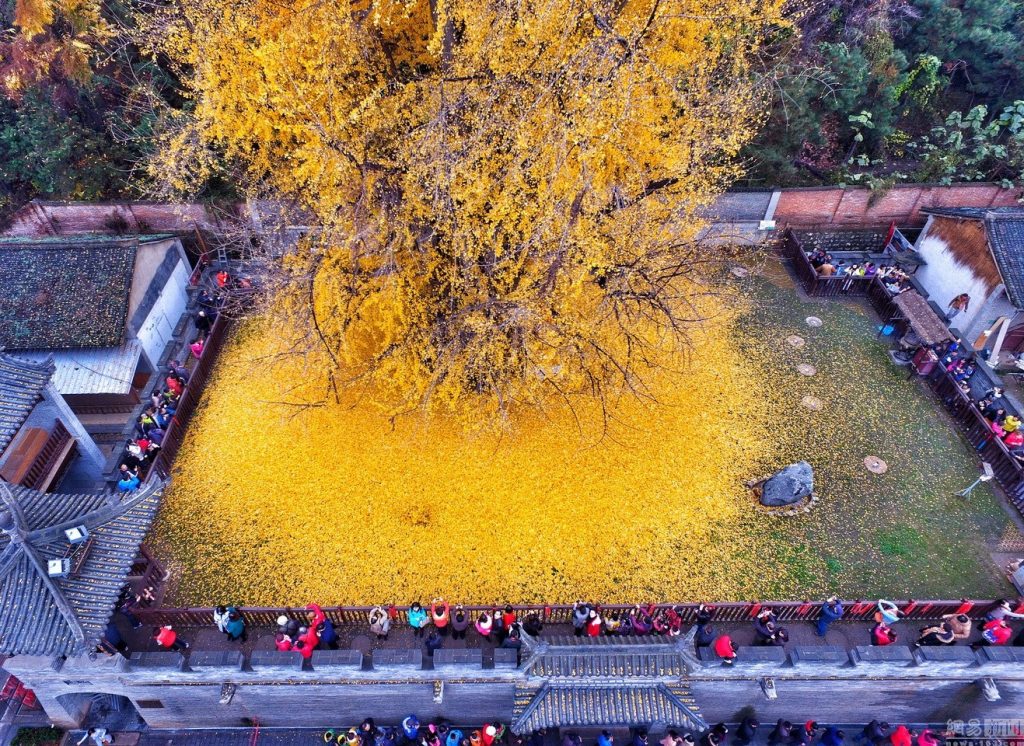


Sculptor Zheng Chunhui Spent 4 Years Carving the World’s Longest Wooden Sculpture
November 18, 2013 Christopher Jobson
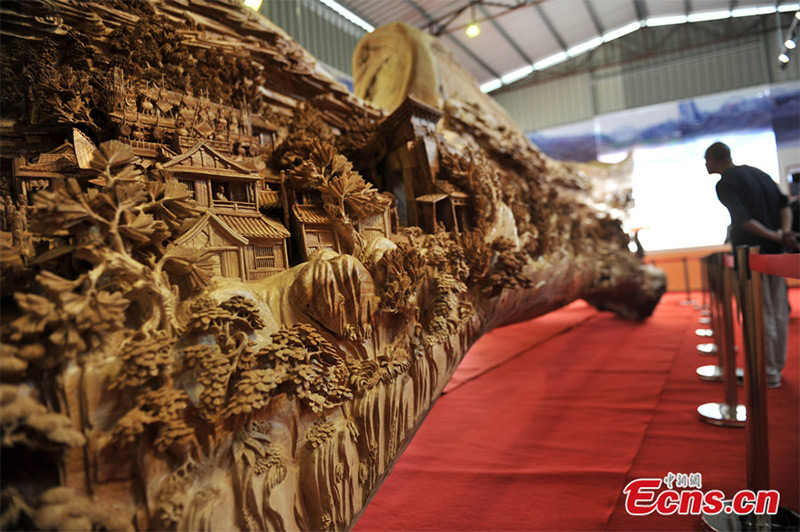
Photo by Lv Ming
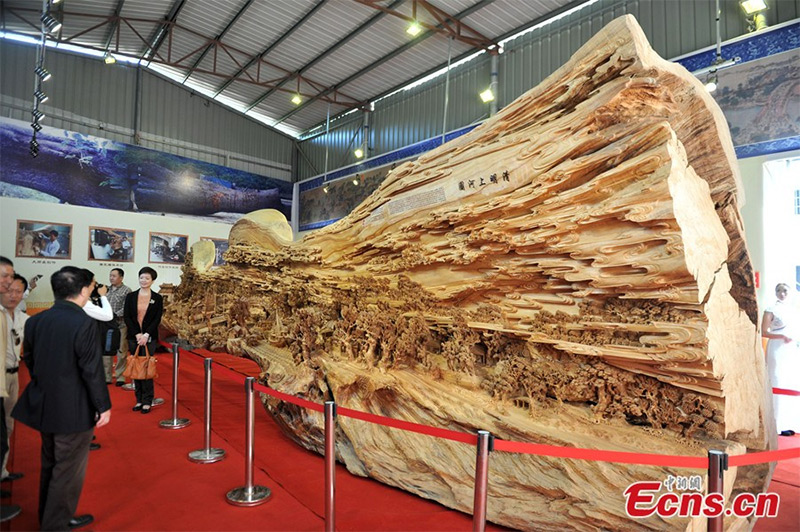
Photo by Lv Ming
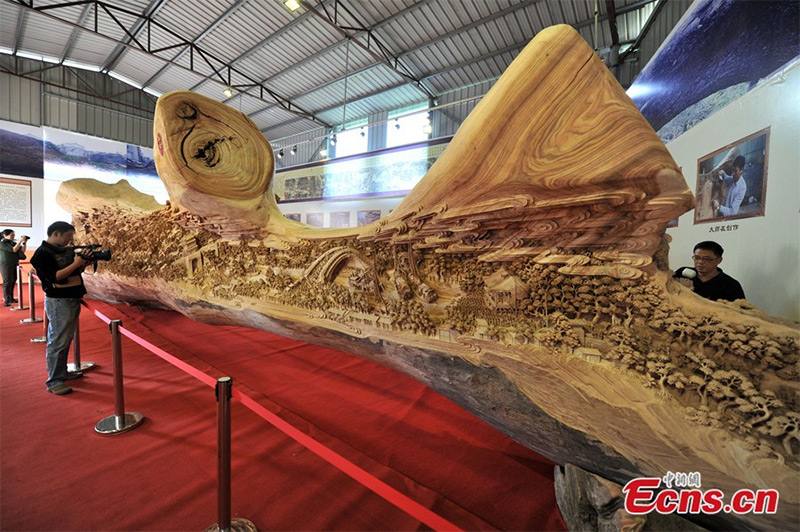
Photo by Lv Ming

Photo by Lv Ming
Chinese artist Zheng Chunhui recently unveiled this exceptionally large wooden sculpture that measures some 40 feet (12.286) meters long. Four years in the making, the tree carving is based on a famous painting called “Along the River During the Qingming Festival,” which is a historical holiday reserved to celebrate past ancestors that falls on the 104th day after the winter solstice. On November 14th the Guinness World Records arrived in Fuzhou, Fujian Province where the piece is currently on display to declare it the longest continuous wooden sculpture in the world. You can see many more photos over on China News. (via Shanghaist)
https://theinspirationgrid.com/surreal-paintings-by-david-lawrence/
Surreal Paintings by David Lawrence
Published Jan 8, 2020
Intriguing creations by David Lawrence, a surrealist artist based in Bath, England.More art on the grid Visit his website
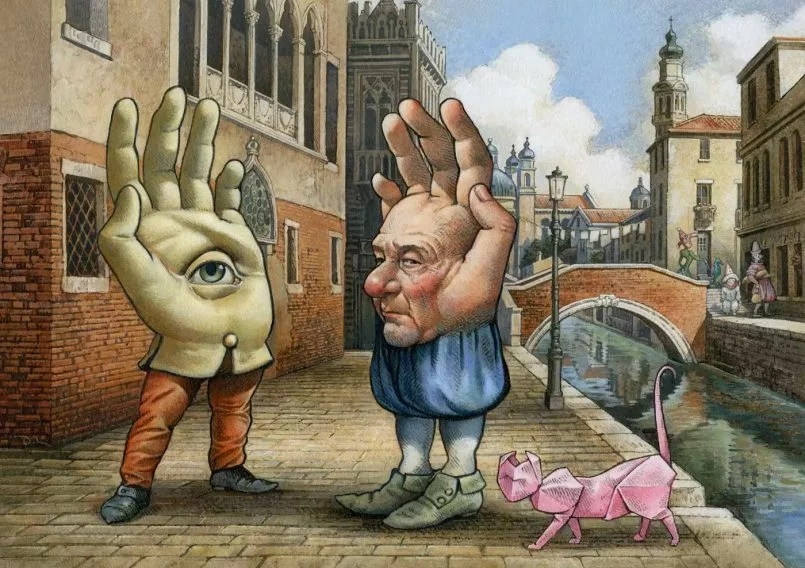
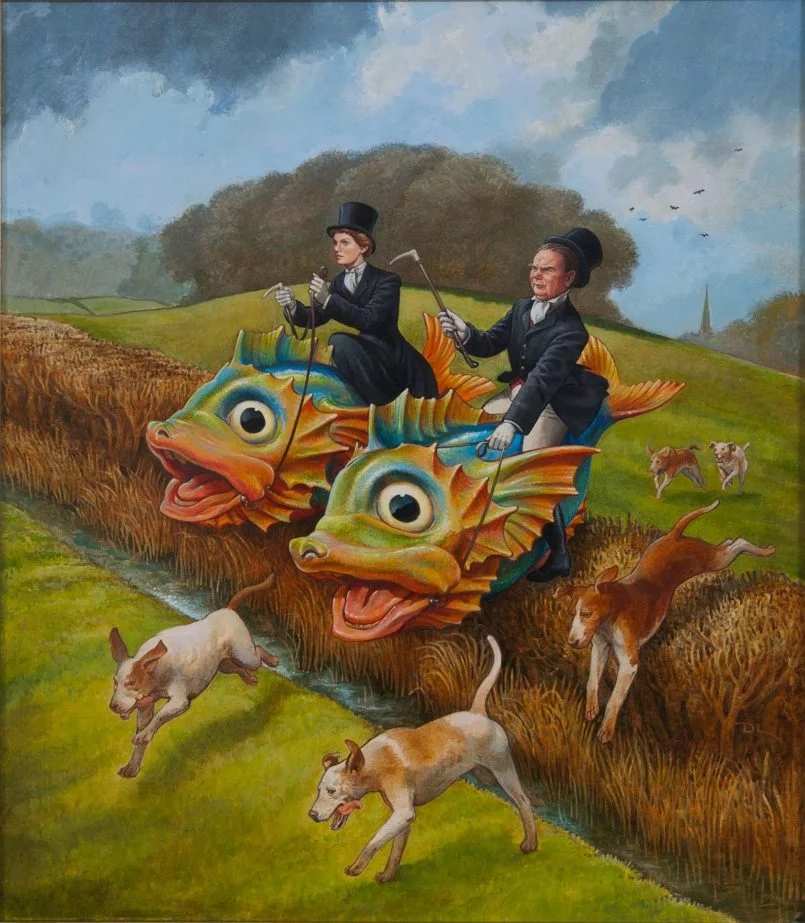
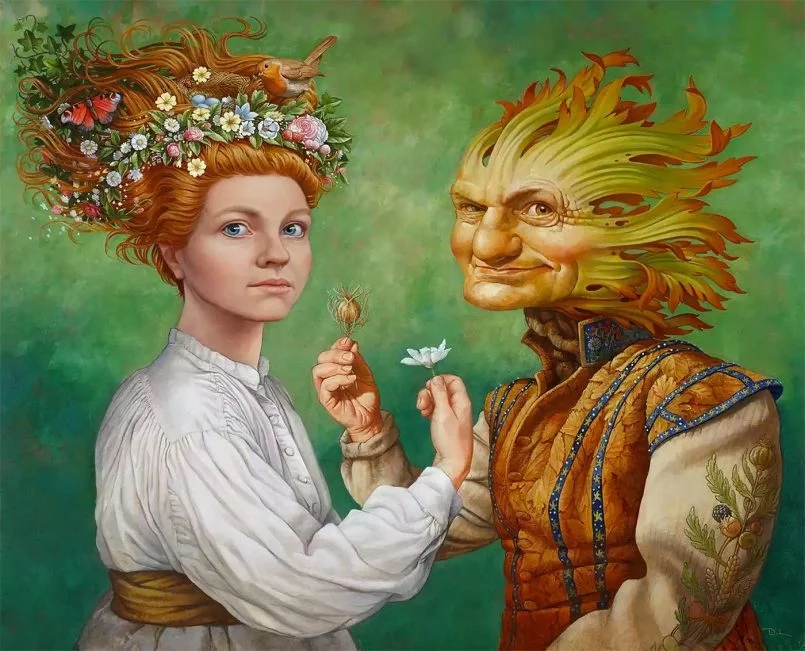
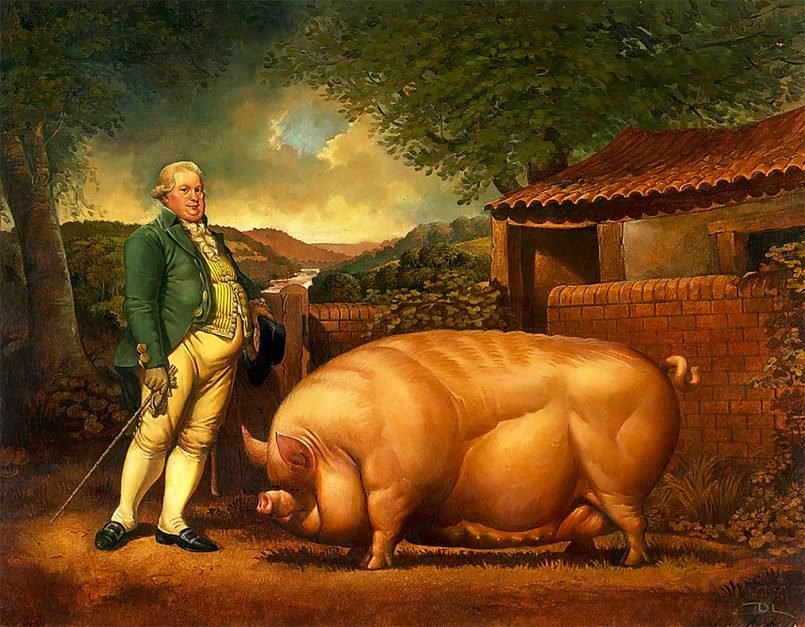

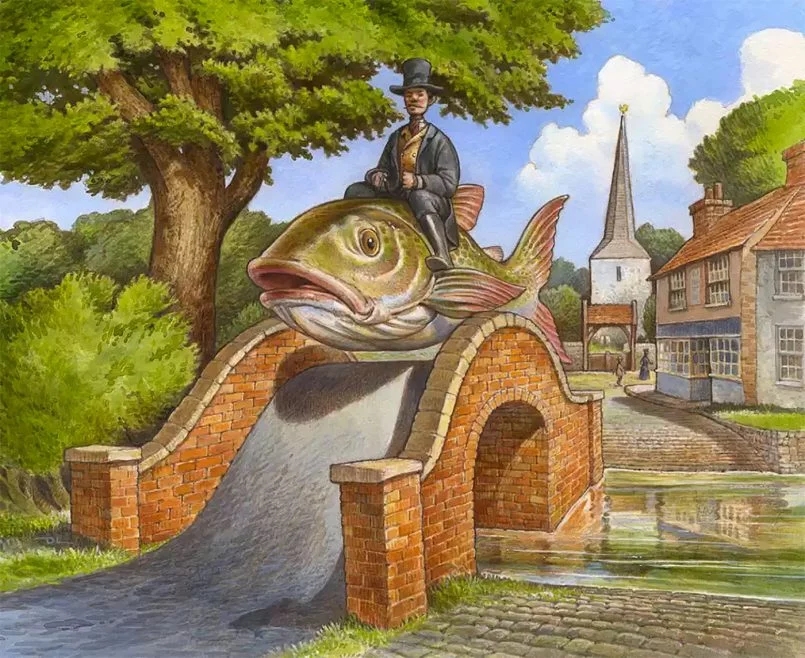
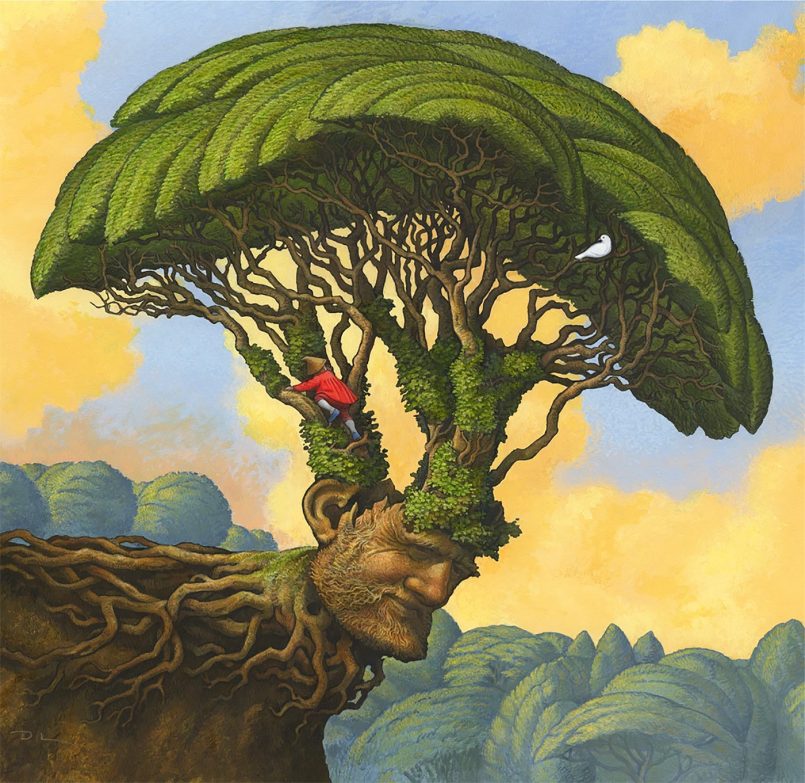

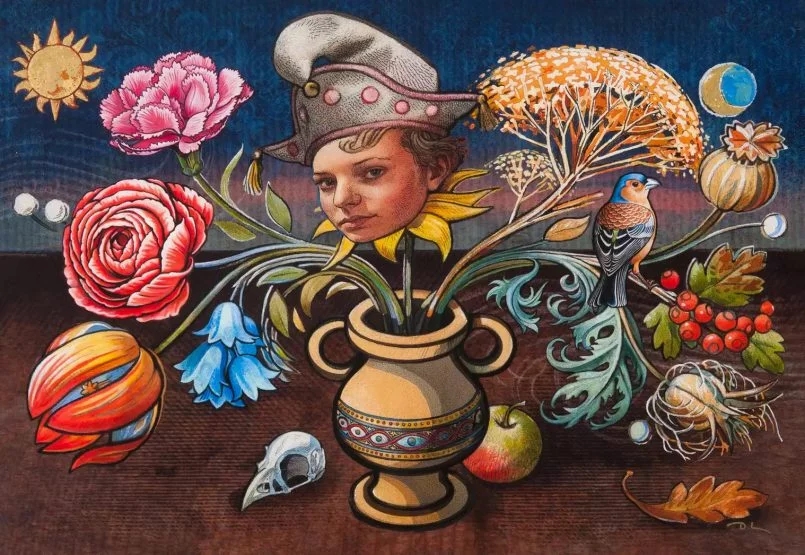
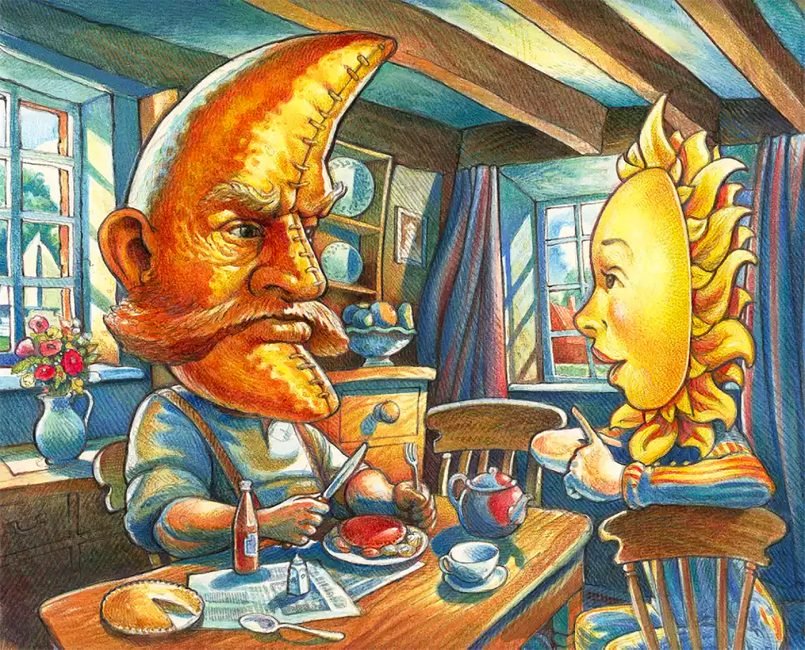
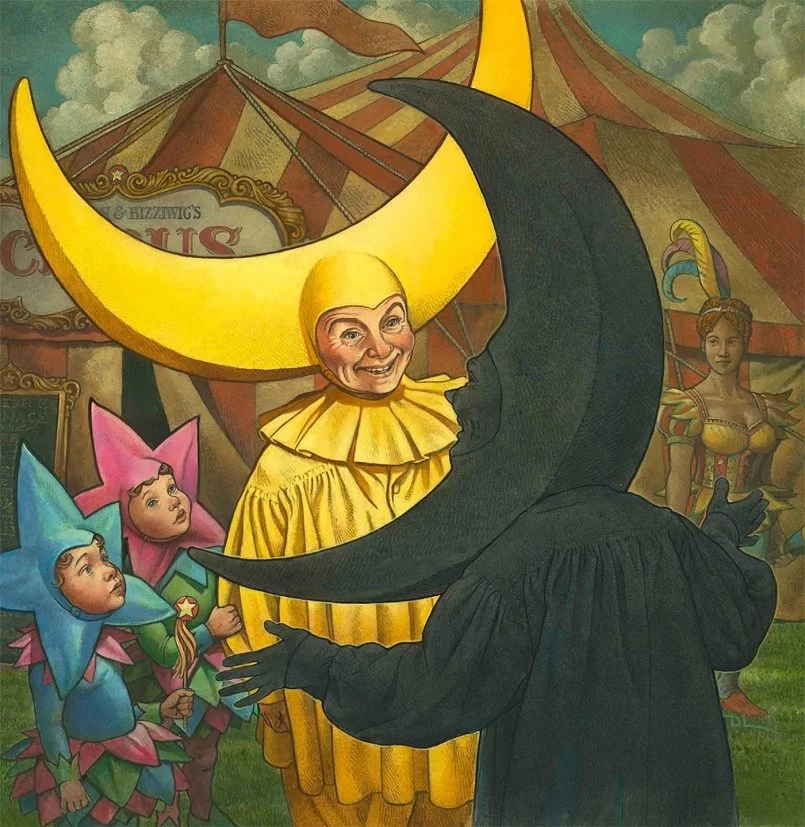
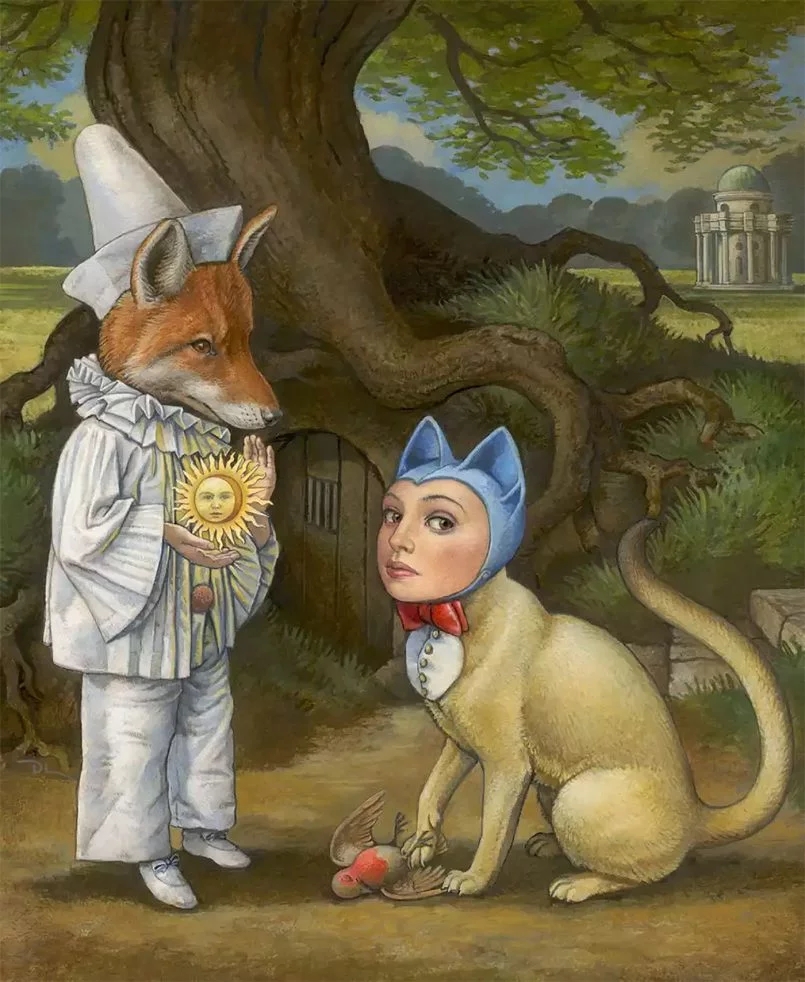
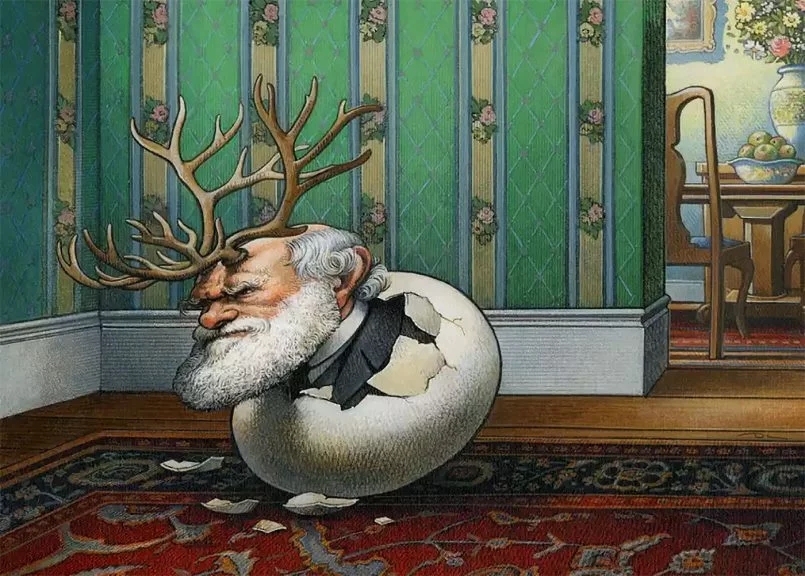
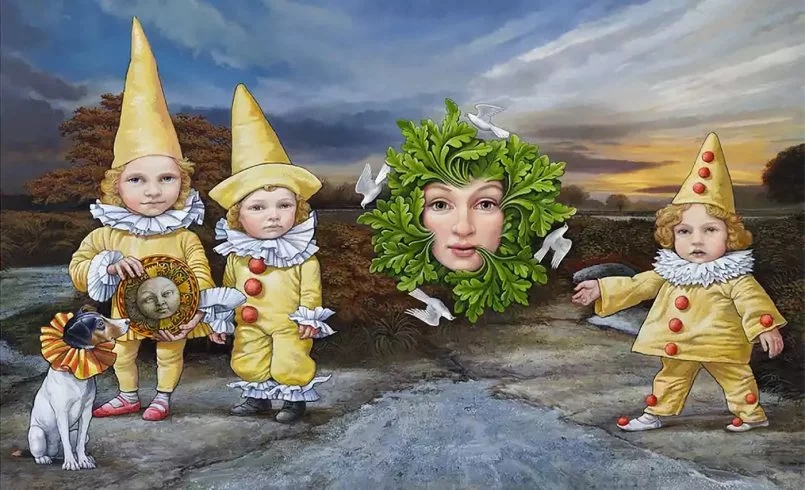

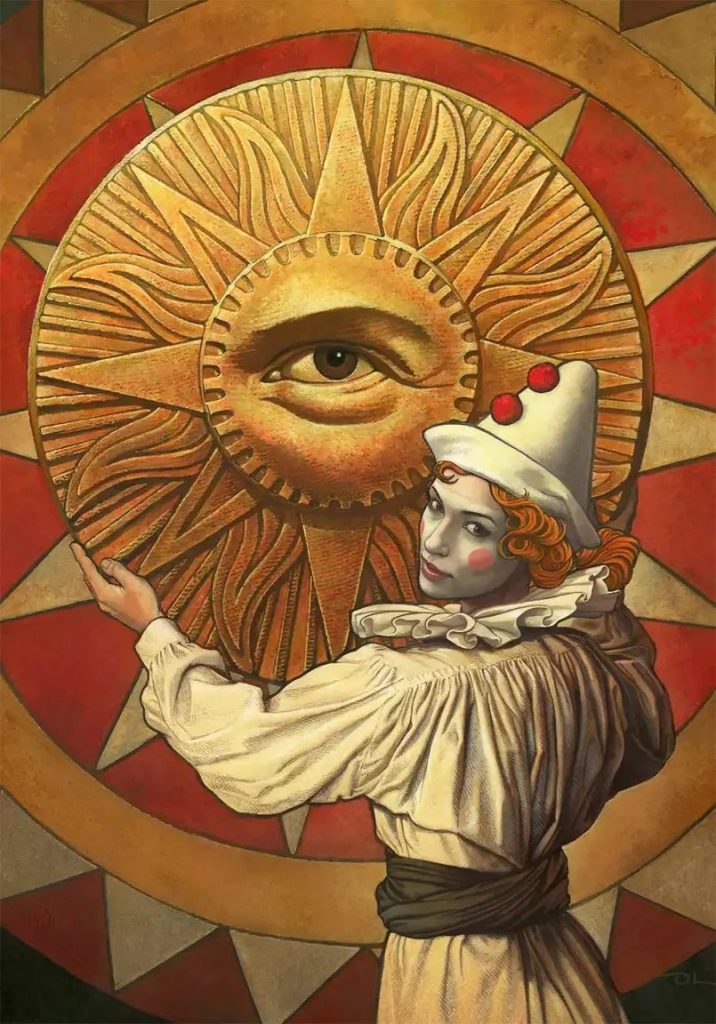
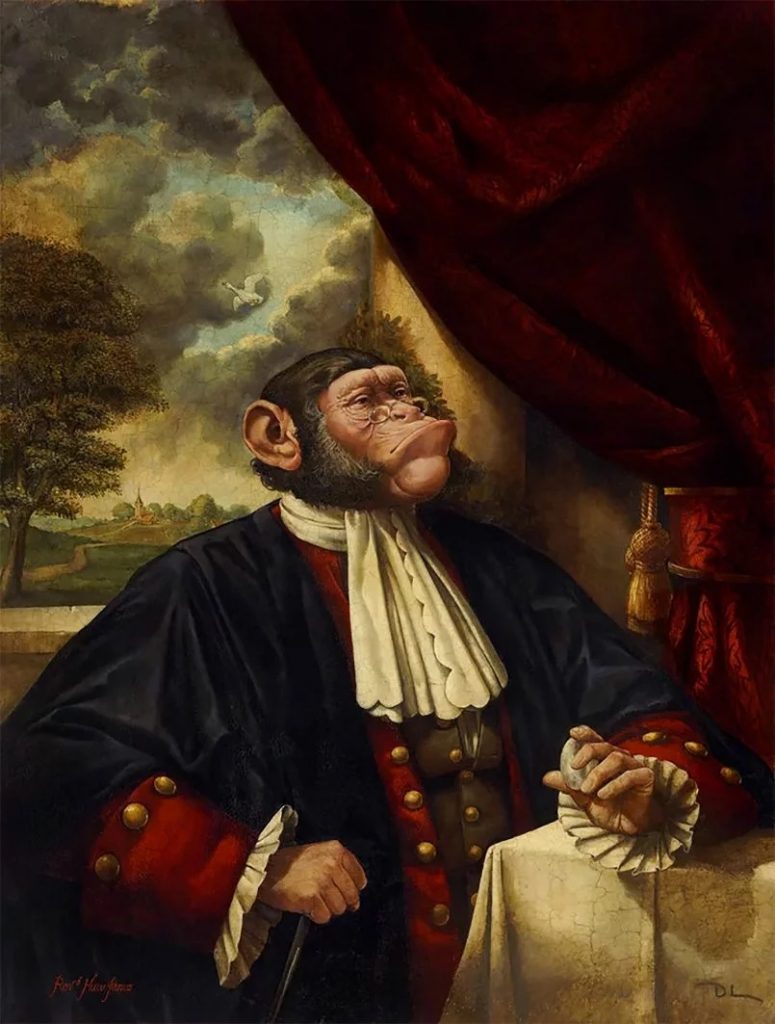
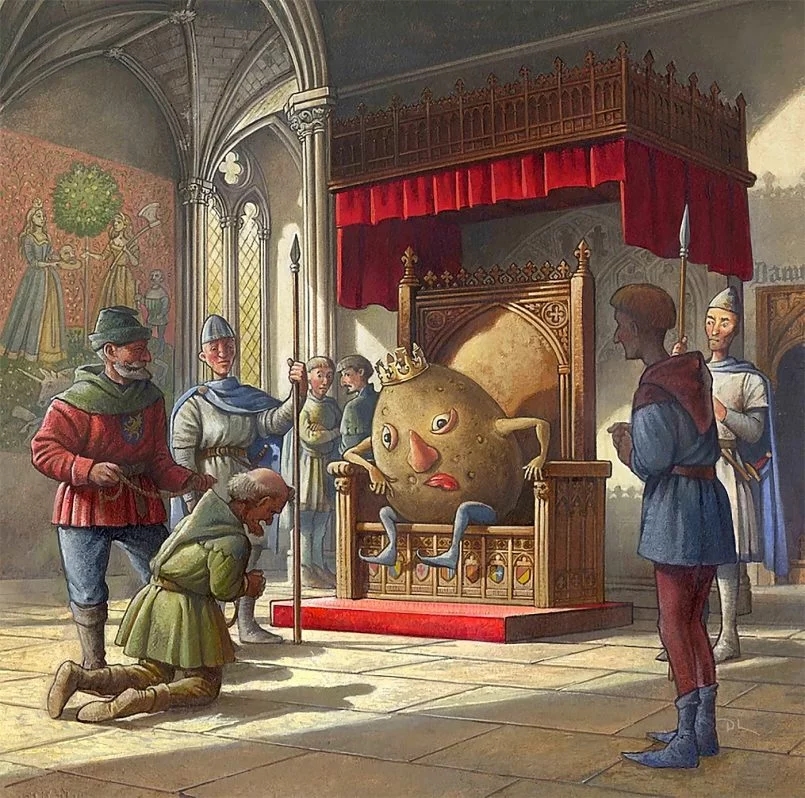
Leave a Reply